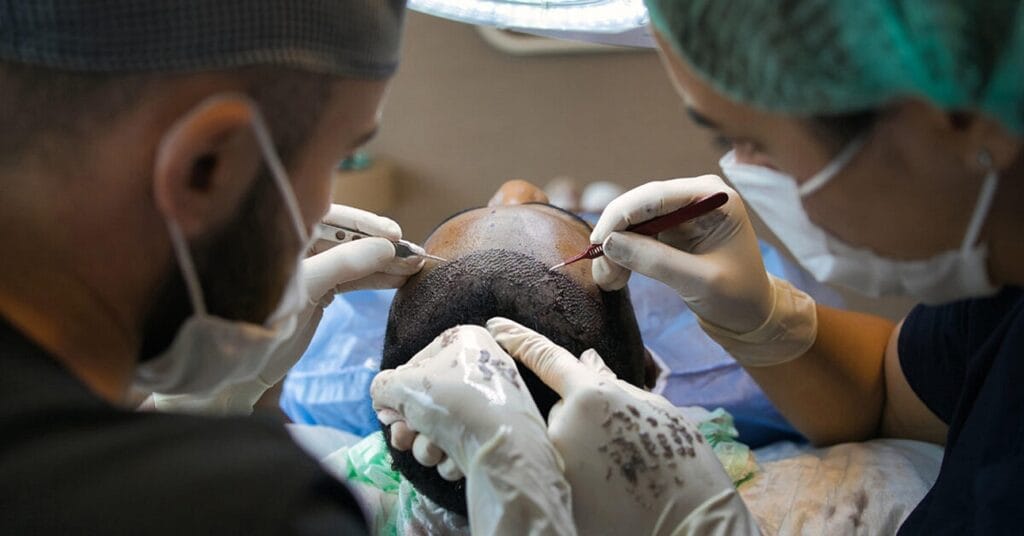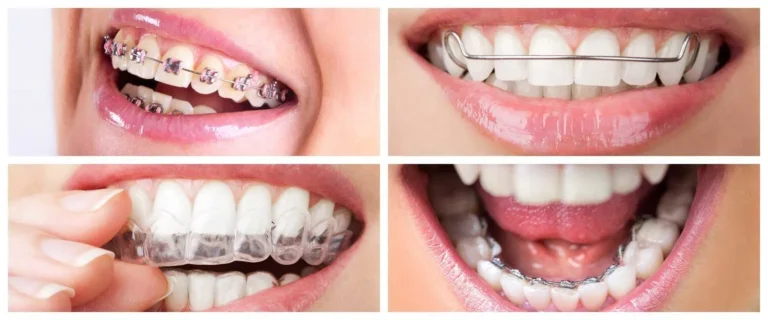Hair is a part of our appearance and affects our confidence. For many people, losing hair can affect not just appearance, but confidence too. While hair loss is common, some look for ways to bring their hair back naturally. One option that’s become more popular in recent years is a hair transplant.
Let’s talk about what a hair transplant actually is, how it works, and what methods are commonly used today, without making things sound too technical or intimidating.
What’s a Hair Transplant in Simple Words?
A hair transplant involves relocating healthy hair from areas of the scalp where it’s more plentiful, like the back or sides, to spots where hair growth has reduced or stopped.
It’s not fake hair or something artificial, it’s your real hair being placed where it’s needed most. Since it’s your own hair, it grows back naturally over time and blends in with the rest.
This option is usually considered by people who experience permanent hair thinning or bald patches. Some also choose it for their beard, eyebrows, or hairlines that have changed with age or stress.
Reasons People Think About Hair Transplant
Hair loss can happen to anyone, and the reasons are different for everyone. It might be because of:
- Heredity (if it runs in your family)
- Hormonal changes over time
- Certain illnesses or treatments
- High levels of stress or a poor diet
- Natural aging
While some people try shampoos or topical treatments, they may not always work the same for everyone. When hair doesn’t grow back naturally, a transplant is seen as a more long-lasting option.
The good news is, the techniques used today are designed to look natural and feel just like your own hair, because it is.
Different Methods Used in Hair Transplants
Hair transplant procedures have come a long way. Doctors now use methods that are more gentle, efficient, and leave less noticeable marks. Let’s look at the two main ones:
1. FUT – Follicular Unit Transplantation
This is a classic approach that’s been around for a long time.
How It’s Done:
- A thin strip of skin with hair is taken from the back of your scalp.
- The removed strip is carefully divided into smaller sections, each containing a few hair follicles.
- These follicle groups are then inserted into the areas of the scalp where hair is thinner.
Things to Know:
- It’s usually chosen when more coverage is needed in one go.
- A small line scar may remain where the strip was taken, but it’s often hidden by the rest of your hair.
- Healing is simple, and results show gradually over months.
2. FUE – Follicular Unit Extraction
This technique has become increasingly popular in recent years due to its refined approach.

How It’s Done:
- Hair follicles are taken out one by one from the donor area using a small tool.
- The extracted follicles are gently implanted into regions with less hair coverage.
Things to Know:
- It doesn’t require removing a strip, so there’s no visible scar.
- It’s suitable for people who keep their hair short.
- Healing tends to be quick, and most people return to normal routines soon.
Some Newer Options
Besides the two main methods, some clinics now offer versions with a few upgrades:
✅ DHI – Direct Hair Implantation
Here, a special tool is used to place the hair directly into the scalp, making the process faster and more precise.
✅ Robotic Assistance
In some advanced centers, robotic arms help guide the extraction and placement of hair, making things more consistent and accurate.
What Happens After the Transplant?
Once the transplant is done, the healing process begins. Here’s what you can usually expect:
- It’s common for the scalp to feel slightly tender in the first few days after the procedure.
- Gentle washing is recommended after a few days, as advised by your doctor.
- The transplanted hair may fall out in the first few weeks (this is completely normal).
- New growth typically starts around 3–4 months.
- Full visible results usually appear between 9–12 months.
Most people find the process manageable and are able to resume light activity shortly after the procedure.
How It Helps Over Time
One of the best parts of a hair transplant is that it’s your own hair growing back. Once the new hair starts coming in, it behaves just like the rest of your hair; it can be cut, styled, and washed normally.
Here are some benefits people experience:
- Hair looks fuller and more natural
- There’s no need for ongoing treatment once the hair grows in
- It boosts confidence and self-image
- Maintenance is the same as regular hair
Setting Real Expectations
Like any treatment, it’s important to understand that results vary. Hair type, scalp condition, and overall health can affect how the hair grows back. While most people are happy with the results, it’s always good to talk to a professional to know what’s right for you.
A proper consultation helps decide:
- Which method is best for your needs
- How much hair can be transplanted
- The outcome you can genuinely anticipate will depend on individual factors like hair type and density
Feeling Comfortable About It
Hair transplant techniques today are safe and done in clean, well-equipped clinics. Doctors and technicians are trained to handle the procedure gently, with attention to comfort and natural results.
The procedure is done with local anesthesia, so you stay relaxed throughout. Most people report feeling fine afterward, with minimal discomfort.
Wrapping Up
Hair transplant isn’t just about changing how you look; it’s also about how you feel. Whether it’s regaining hairline shape or filling in thinning areas, this option gives people a way to feel more like themselves again.
If you’re considering it, take your time to research and speak with a trusted clinic. Understanding the methods and process can help you make a confident, informed choice.
After all, taking care of how you feel on the inside often starts with feeling good on the outside.






